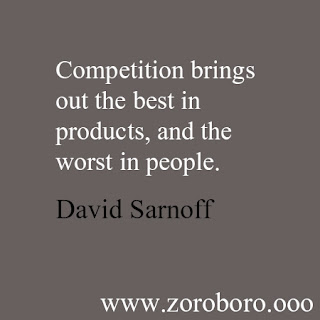

The pressure on organisations to perform is increasing all the time. In recent years commitment to work has garnered a lot of attention in HR literature. Information about employee commitment is seen as an important predictor of employee loyalty and the performance of an organisation. Learn the best ways to improve the employee experience in your organization with these 3 easy-to-follow tips! Get your copy today! Download: employee experience tips Importance of being comitted to work Such examples can become an issue for organisations as employees that are continuance committed may become dissatisfied (and disengaged) with their work and yet, are unwilling to leave the organisation.Īs the American author Henry David Thoreau advised more than 150 years ago: Possible reasons for needing to stay with organisations vary, but the main reasons relate to a lack of work alternatives, and remuneration.Ī good example of continuance commitment is when employees feel the need to stay with their organisation because their salary and fringe benefits won’t improve if they move to another organisation. In employees that are continuance committed, the underlying reason for their commitment lies in their need to stay with the organisation. “ Do not hire a man who does your work for money, but him who does it for the love of it“Ĭontinuance commitment relates to how much employees feel the need to stay at their organisation. Such feelings can, and do, negatively influence the performance of employees working in organisations. Reasons for such guilt vary, but are often concerned with employees feeling that in leaving the organisation they would create a void in knowledge/skills, which would subsequently increase the pressure on their colleagues. Normatively committed employees feel that leaving their organisation would have disastrous consequences, and feel a sense of guilt about the possibility of leaving. Employees that are normatively committed generally feel that they should stay at their organisations. Normative commitment relates to how much employees feel they should stay at their organisation. Employees who are affectively committed feel valued, act as ambassadors for their organisation and are generally great assets for organisations. They typically identify with the organisational goals, feel that they fit into the organisation and are satisfied with their work.

If an employee is affectively committed to their organisation, it means that they want to stay at their organisation. We can see from their insightful research that there exists three distinct types of employee commitment:Īffective commitment relates to how much employees want to stay at their organisation. In their article “Three component model of commitment” John Meyer and Natalie Allen 8 discuss commitment in great detail. The description above is a very good indicator of employee commitment, but does only offer a broad description.

#Synonym for committed how to#
How to increase employee commitment Types of employee commitment

The added value of such employees is that they tend to be more determined in their work, show relatively high productivity and are more proactive in offering their support. Broadly speaking, employees who are committed to their organisation generally feel a connection with their organisation, feel that they fit in and, feel they understand the goals of the organisation. When working with multinational organisations, we use the following general definition:Ĭommitment is the bond employees experience with their organisation. In other words, the bond with your organisation. 6 But what does commitment mean in business? In order to show how commitment to work can contribute to improving performance, we use the commitment of your employees towards your organisation. These definitions essentially have the same meaning, namely that commitment is a stabilising or binding force (mind-set), which directs behaviour.
#Synonym for committed download#
Download What does commitment mean in business? The step-by-step guide to creating your employee engagement survey. How to gather feedback from your employees


 0 kommentar(er)
0 kommentar(er)
